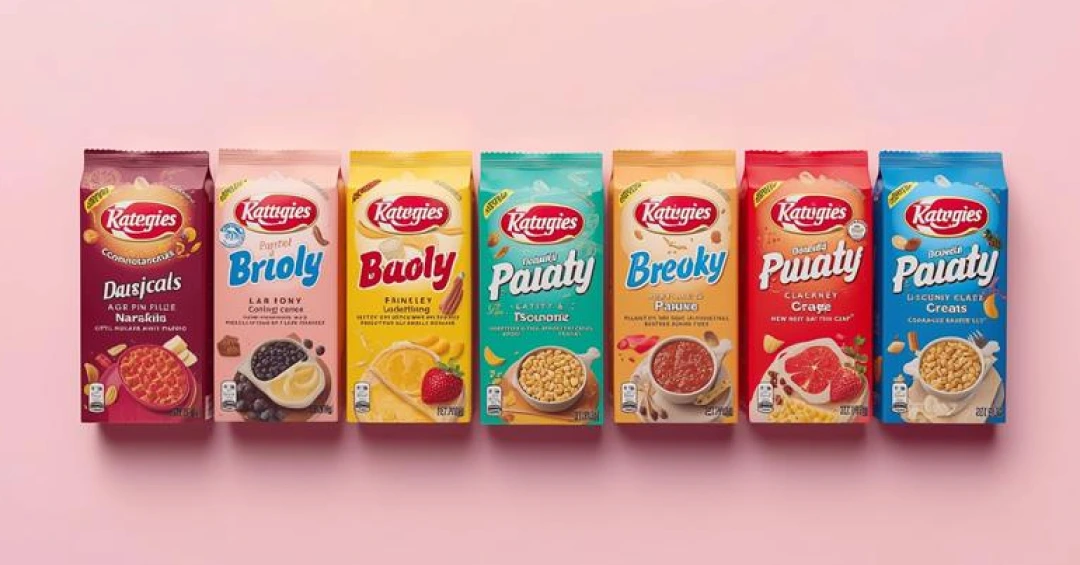Global supply chains are undergoing a metamorphosis, driven by geopolitical crises, technological advances, and climate change. Given the unpredictability, brands often face challenges in proactively managing risks and maintaining smooth operations.
As businesses expand their product lines and enter new markets, investing in modern enterprise labeling software can offer several benefits, including real-time tracking, error-free and timely distribution, and reduced costs.
Emerging Supply Chain Challenges
Global brands face many challenges in running and managing their global supply chains. Let’s look at some of the most pressing supply chain challenges:
- Poor visibility: As products move across the supply chain, getting real-time visibility into products becomes increasingly challenging. Brands often face several difficulties in identifying bottlenecks or interruptions.
- Limited traceability: Lack of real-time data on the location and status of goods makes traceability difficult. This introduces challenges in inventory management, increasing the likelihood of overstocking or understocking.
- Counterfeiting risks: For brands in the CPG and pharma industries, counterfeiting is a significant risk in the supply chain. If counterfeit goods infiltrate the supply chain, brands can face several legal issues and financial losses while diluting consumer trust.
- Sustainability pressures: Global brands also face increasing scrutiny from regulatory bodies to meet sustainability requirements. However, without proper tools, optimizing resource utilization, reducing waste, and lowering the supply chain's environmental impact becomes difficult.
8 Ways Enterprise Labeling Software Enables Supply Chain Optimization
Poor labeling and artwork management can result in repercussions for global brands, including financial costs, operational inefficiencies, compliance risks, and more. These can impact brand reputation and lead to missed opportunities.
Enterprise labeling software plays a huge role in streamlining labeling activities across the supply chain and ensuring brands can quickly meet necessary regulatory and customer demands.
- Centralized asset management: One of the most significant benefits of enterprise labeling software is asset management. As supply chains expand and become increasingly complex, labeling software acts as a centralized hub for managing all aspects of artwork. It enables users to efficiently search and retrieve approved artwork and associated files using a combination of product metadata. They can view the latest approved version through automatic version control and ensure older revisions are superseded or obsoleted based on the effective dates of the new version, maintaining clarity and relevance.
- Automated tracking and auditing: As global brands navigate complex regulatory requirements; enterprise labeling software allows for quick and effective compliance. Automated tracking and auditing allow stakeholders to complete regulatory changes in time, track deadlines, and ensure the artwork is ready for use.
- Real-time visibility into products: As artwork moves through the supply chain, enterprise labeling software ensures stakeholders have real-time visibility into this movement. They can track and manage the status of packaging designs at every stage and have up-to-date information on the artwork’s progress, reducing the risk of errors, delays, and miscommunications. This helps streamline approvals, identify bottlenecks quickly, and maintain tighter control over deadlines.
- AI proofing for error-free artwork: Enterprise labeling software offers several AI capabilities to ensure error-free artwork. Global brands can use AI proofing to check color separations, font sizes, and spellings, ensuring accuracy, readability, and compliance with regulatory requirements – thus reducing recalls. They can also automate the proofing of complex barcodes and ensure proper dimensions and readability.
- KPI reporting: Modern enterprise labeling software collects, stores, and analyzes data across all artwork projects for reporting. Dynamic KPI reports deliver much-needed insight into key metrics, helping stakeholders identify delays, first-time rights, and iteration counts within the artwork flow. By automatically calculating the average time for artwork approval, it allows them to make changes to processes to accelerate turnaround.
- Multiple language support: As global brands venture into new geographies; they are required to modify their artwork to suit regional and language preferences. Enterprise labeling software provides multiple language support. Built-in spell check features can check artwork text in several different languages to ensure error-free content spelling. Many tools also support the verification of Braille, ensuring accuracy and preciseness.
- Seamless scalability: Scalable enterprise labeling software provides consistent, automated labeling even as product lines grow and expand. By adapting to increasing volumes of products and labels, the platform ensures every item, package, and shipment is accurately and efficiently labeled across the supply chain. This minimizes human errors, maintains consistency, and enables global brands to meet varying needs.
- Greater integration: Enterprise labeling software integrates deeply with ERP, WMS, and LOB systems. Such integration makes retrieving each printed component's FG codes, SKU descriptions, and material codes easy. These codes are automatically linked to component workflows for unique identification and get updated as soon as any artwork component is revised.
In Conclusion
As business environments grow increasingly global and complex, companies must adopt modern enterprise labeling software to stay aligned with evolving requirements and address the challenges of modern, dynamic supply chains. The right platform can streamline the labeling process, enhance efficiency, and accelerate time to market.
Explore ManageArtworks to get started on the optimization journey!





.webp)
















